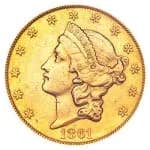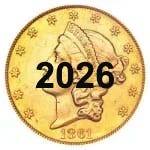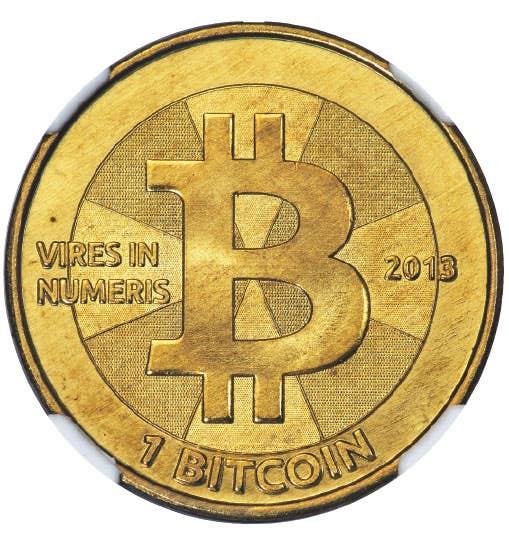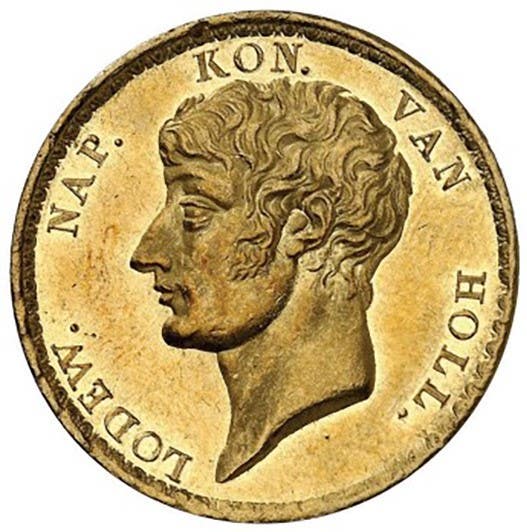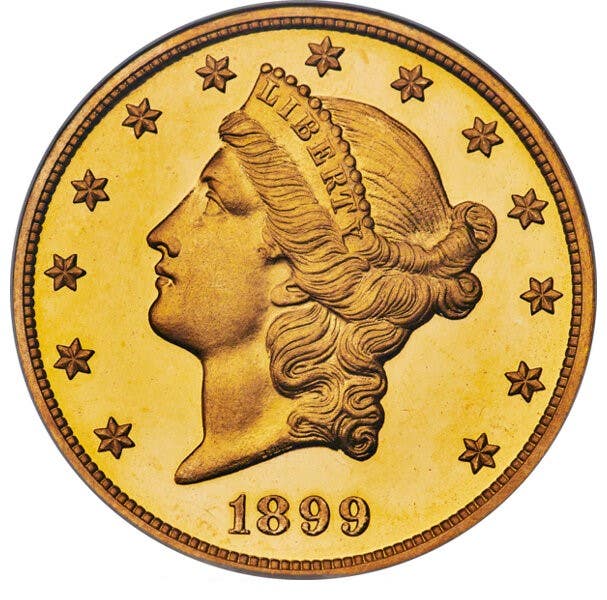Monroe blank shows lettering
Garrett Reich of Michigan has reported a 2008-P blank planchet found in a $1,000 box of James Monroe Presidential dollars. While the edge is inscribed with the mottoes, date and mintmark; the planchet itself managed to avoid the striking process and has no obverse and reverse designs.
Garrett Reich of Michigan has reported a 2008-P blank planchet found in a $1,000 box of James Monroe Presidential dollars. While the edge is inscribed with the mottoes, date and mintmark; the planchet itself managed to avoid the striking process and has no obverse and reverse designs.
The piece is one of just a handful of edge-lettered planchets known for the entire series of Presidential dollars minted so far and it is the first reported to Numismatic News for a 2008 issue.
James Monroe is the fifth president honored on the series thus far and the first for 2008.
Since the error was found days before the official release date of Feb. 14, it can be ascertained to be a planchet intended for the Monroe dollar. Reich called me a few days before the release date to advise me of the find and to ask if I thought he could get the Monroe name on a major grading service holder if he sent it in early enough.
After some assurances that I felt this was very possible, he sent it in to his grading service of choice, Numismatic Guarantee Corporation of Sarasota, Fla., which certified the planchet as: ?2008-P (James Monroe) $1 / Edge Lettered Planchet.?
It was not graded as per NGC policy to not grade blanks and planchets.
A blank is the raw disk of metal as it is punched out of coinage strip while a planchet is what a blank becomes after it is run through the upset mill to raise the rim to aid in the striking of the coin (to completely fill the rim area during the strike) and to standardize its size.
Reich noted that the piece displays a very weak, though complete, edge inscription, which is probably the result of the planchet failing to be struck and thus not quite of the diameter of a fully struck coin.
A smaller than normal disk run through a Schuler edge-lettering machine that is set up for a larger diameter coin could result in a weak edge inscription due to a lack of pressure. NGC?s error coin expert, David Camire, confirmed Reich?s contentions stating that a blank that has not been sized down to a planchet often has full lettering while planchets with edge lettering often have weak partial lettering.
Reich said he went through about 25,000 of the Monroe dollars before finding the edge-lettered planchet.
Photos of the edge lettering are by Garrett Reich. Photos of the planchet in the slab are courtesy of NGC.
Ken Potter is the official attributer and lister of world doubled dies for the Combined Organizations of Numismatic Error Collectors of America and for the National Collector?s Association of Die Doubling. He privately lists U.S. doubled dies and other collectible variety types on both U.S. and world coins in the Variety Coin Register. For more information on either of these clubs, or to learn how to get a variety listed in the Variety Coin Register, send a self-addressed, stamped business-size envelope and 58 cents to Ken Potter, P.O. Box 760232, Lathrup Village, MI 48076-0232. Contact him via e-mail at Kpotter256@aol.com, or visit his Educational Image Gallery located at www.koinpro.com.

